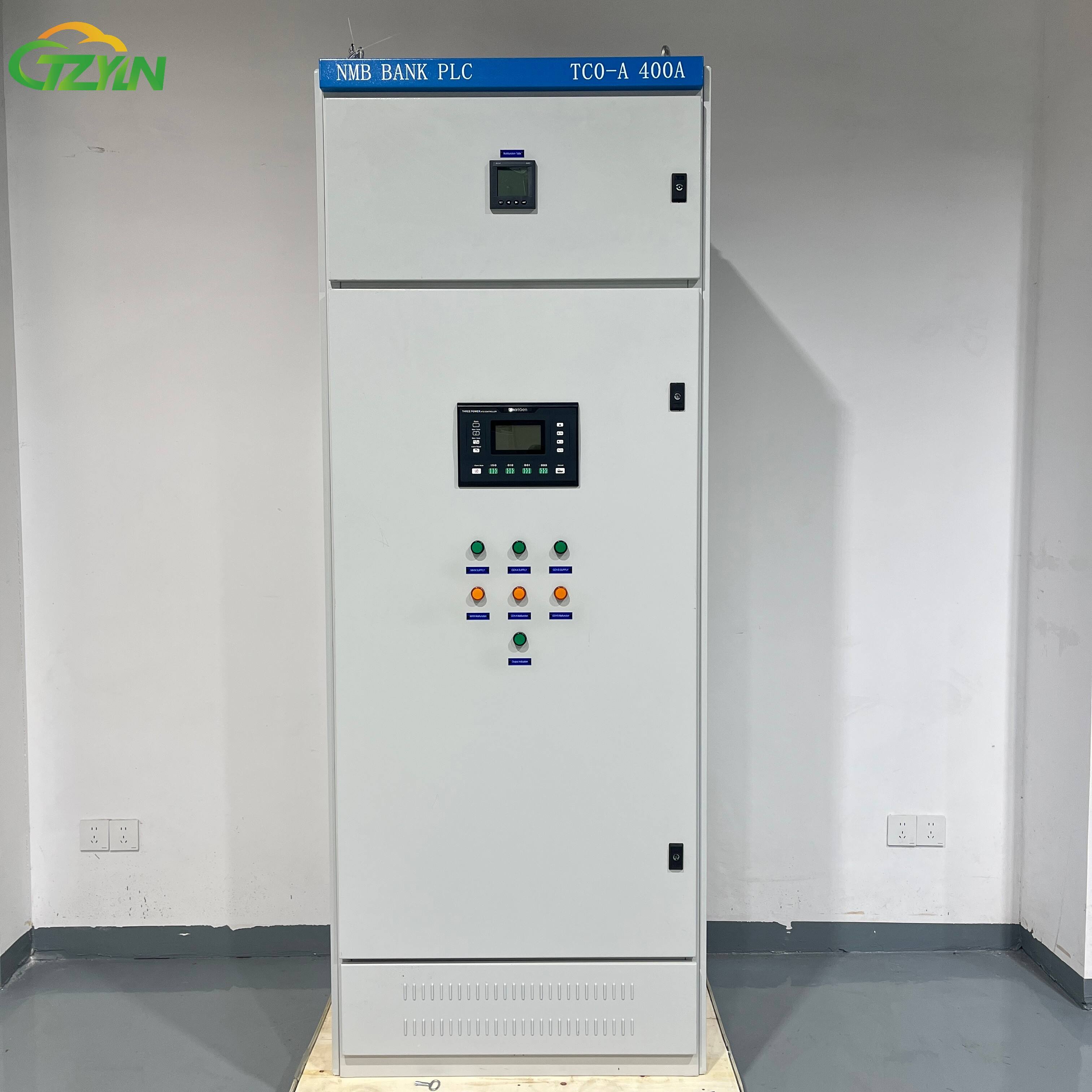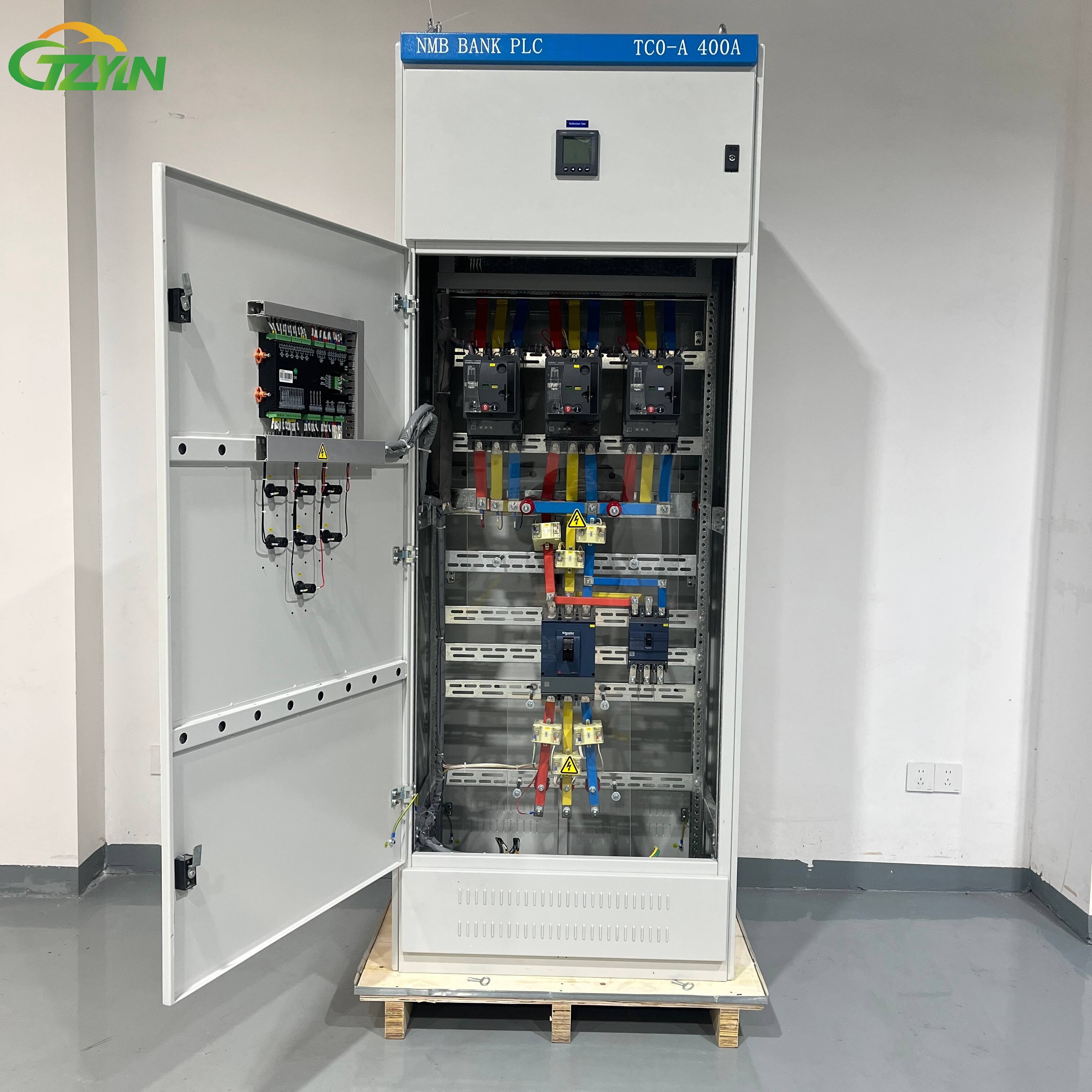102, 1st Floor, Building 3, Juze Center, No. 105 Gaoxin Avenue, Shangjie Town, Minhou County, Fujian Province +86 177 0691 9203 [email protected]
The three-power automatic transfer switch (ATS) plays a vital role.
In order to help users better understand and use this equipment,
we have specially launched a detailed interpretation of the
three-power ATS control operation procedures.
Performance and characteristics
The three-power ATS system has a variety of configuration options,
such as mains-mains-generation, mains-mains-mains, etc.,
which can flexibly adapt to different power supply needs.
Its 4.3-inch monochrome LCD display provides a clear
and intuitive operation interface and supports multiple language displays,
which is convenient for users in different regions. In addition,
the system can accurately collect and display three-way three-phase voltage,
frequency and phase sequence, providing comprehensive data support for power monitoring.

Operation steps
Power-on operation
First, press the Man/Auto button on the controller and switch to Auto mode to start the ATS device.
At this time, it is necessary to observe the LCD screen to confirm that the Auto status is normal
(the green indicator light is on), and record the power-on time and initial status
to provide a reference for subsequent maintenance.
Remote monitoring operation
Connecting to the remote monitoring system through RS485 or network interface,
users can view power status, voltage, current and other information in the monitoring system,
and can perform manual switching operations (authorization required).
Parameter settings
When entering the settings menu, you need to enter a password (the default password is "01234").
The operator can change the password to prevent others from changing the controller configuration at will.
Common parameter settings include switching delay (usually 3-10 seconds),
voltage threshold (triggering switching when out of range) and alarm settings
(such as sound and light alarm, remote notification, etc.).

Maintenance and care
Daily inspections should include daily checks of the power status and controller indicator lights,
and recording of power switching conditions and equipment operating status.
Regular maintenance requires monthly checks of power line connections to ensure that there is no looseness or corrosion;
quarterly cleaning of dust inside the controller and checking whether the cooling fan is normal;
and semi-annual testing of the switching function of the backup power supply to ensure its reliability.
If a fault is found, the fault phenomenon should be recorded immediately and the maintenance personnel should be notified,
and non-professionals are not allowed to disassemble or repair the equipment without authorization.
Safety precautions
Before operation, you must wear insulating gloves to ensure that the power is turned off.
It is strictly forbidden to operate the equipment with wet hands. At the same time, avoid overloading,
ensure that the power load is within the rated range, and prevent foreign objects from entering the controller.
In case of emergency (such as smoke or fire), all power supplies should be cut off
immediately and professionals should be contacted for processing.
Records and reports
After each operation, the operation time, operator, power status and other information should be recorded.
In case of failure, the failure phenomenon, time and handling results should be recorded in detail,
and a report should be submitted for subsequent analysis and improvement.